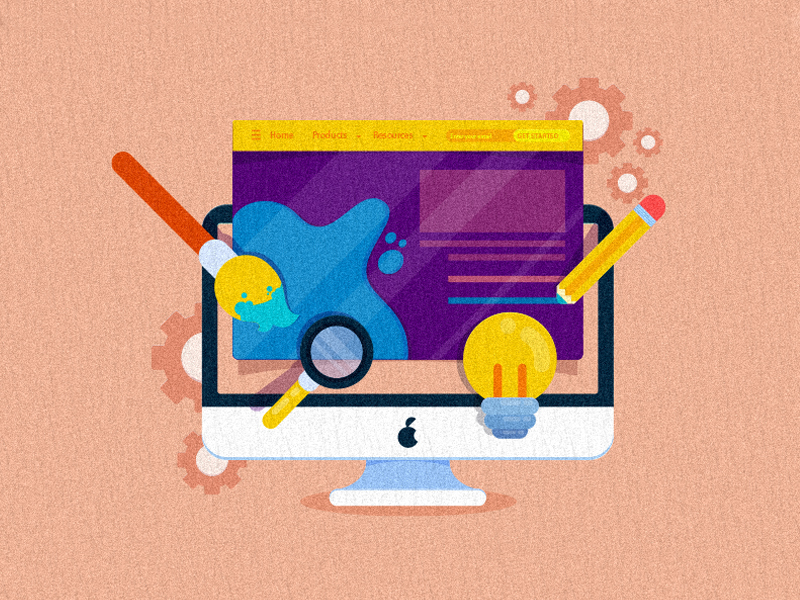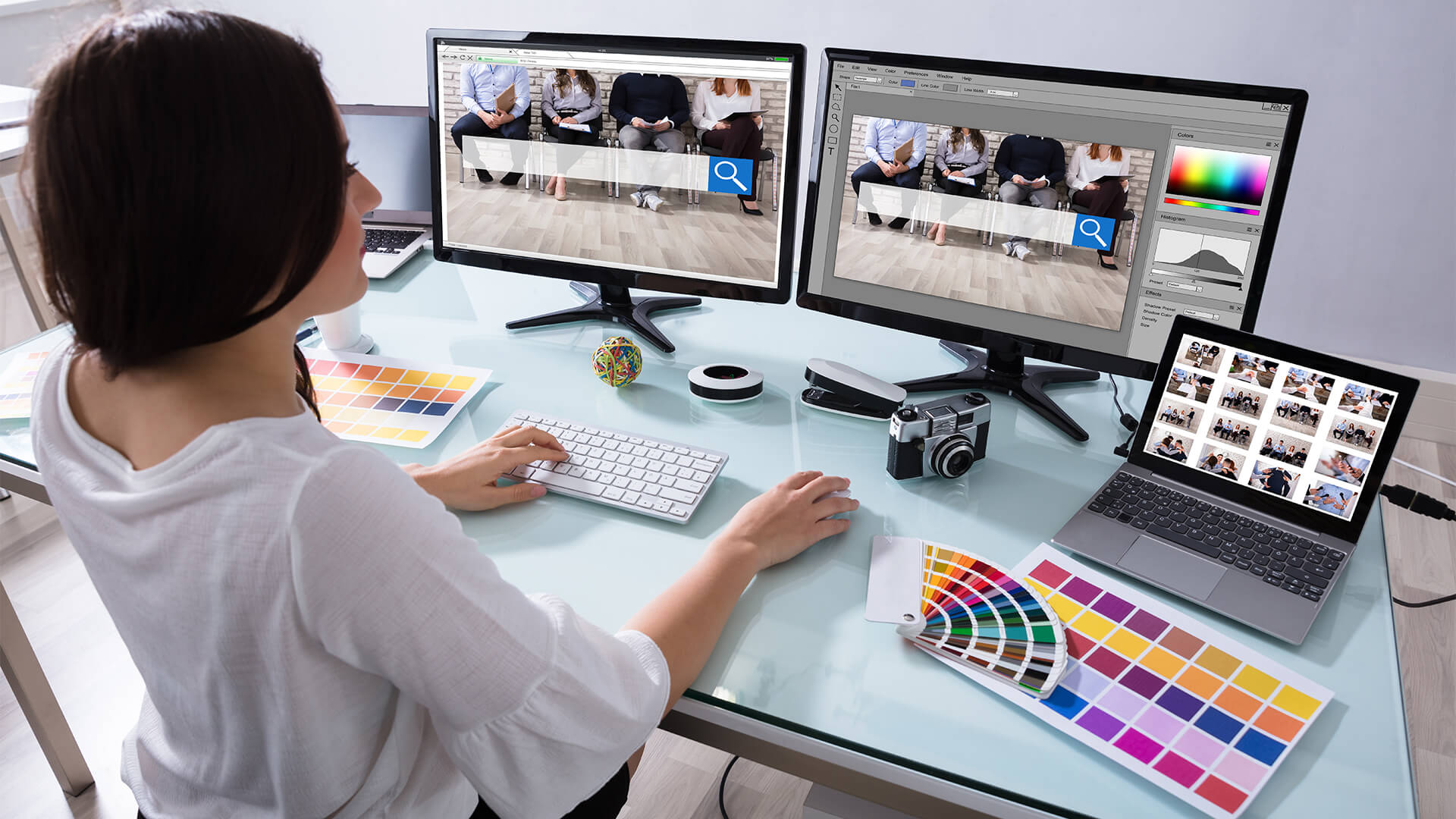Aligned Position Web Design: Your One-Stop Solution for Innovative Website Design and Development
Aligned Position Web Design: Your One-Stop Solution for Innovative Website Design and Development
Blog Article
The Very Best Kinds Of Web Style to Boost User Experience and Involvement
In the ever-evolving landscape of digital communication, the efficiency of Web style dramatically impacts user experience and interaction. Different style techniques, such as minimal, receptive, and interactive formats, each offer special advantages that can cater to diverse individual requirements.
Minimal Website Design
As electronic landscapes come to be significantly chaotic, minimalist Web style has emerged as a powerful approach to boosting individual experience. This layout philosophy focuses on simplicity, focusing on vital elements while getting rid of unnecessary interruptions. By utilizing enough white area, simple navigation, and a minimal shade combination, minimal layout promotes clarity and directs customer interest to vital web content.
The core concept of minimal Web layout is to produce a seamless interaction for individuals. By decreasing cognitive load, customers can promptly realize info without feeling bewildered. This direct approach not just enhances use however also motivates interaction, as visitors are more probable to explore a website that is very easy and visually appealing to navigate.
Additionally, minimal style frequently emphasizes typography and imagery, using these elements purposefully to convey messages properly. This focus on vital parts can improve brand identity and develop a memorable individual experience. In significance, minimalist website design is not simply a trend; it is a thoughtful method that recognizes the significance of user-centered style. By stripping away nonessential elements, designers can create a more appealing, reliable, and delightful Web experience for all users.
Responsive Website Design
In today's varied digital atmosphere, receptive website design has actually ended up being crucial for creating a seamless user experience across a wide variety of tools. As users access websites on smartphones, tablet computers, desktop computers, and laptops, the ability of a site to adapt its layout and content to various display dimensions and resolutions is crucial.
Responsive Web layout uses versatile grids, images, and CSS media questions to make certain that Web content exists efficiently, despite the gadget utilized. This method not just improves the visual allure of an internet site yet likewise substantially boosts functionality. Individuals are much more likely to involve with a site that uses a consistent experience, as it removes the aggravation of having to focus or scroll excessively.
Additionally, online search engine, including Google, focus on mobile-friendly web sites in search rankings. By taking on receptive style, businesses can boost their visibility and get to a more comprehensive audience. This strategy additionally simplifies internet site maintenance, as a solitary version of the website can accommodate all devices, minimizing the need for numerous versions. In recap, responsive Web design is a basic practice that boosts user experience, involvement, and total fulfillment.
Interactive Web Design
Responsive Web design lays the foundation for enhancing individual experience, yet interactive website design takes this a step better by involving customers in an extra dynamic method - Aligned Position Web Design. By including components such as computer animations, clickable prototypes, and real-time comments, interactive website design captivates individuals, attracting them right into a richer surfing experience
This approach not just promotes involvement but also urges customers to check out content actively instead of passively consuming it. Methods such as why not look here gamification, where individuals earn benefits for finishing tasks, can considerably improve the time spent on a website and boost total satisfaction. Moreover, interactive features can streamline intricate details, making it a lot more pleasurable and digestible.

Incorporating interactive style components can also cause higher conversion rates, as customers are a lot more likely to engage with a website that proactively entails them. Aligned Position Web Design. Inevitably, interactive website design transforms user experiences right into memorable trips, making certain that visitors return time after time
Apartment Layout
Characterized by its minimalistic strategy, flat design emphasizes simplicity and performance, stripping away unnecessary components and concentrating on essential features. This design viewpoint prioritizes functionality, making sure that customers can browse interfaces with convenience and effectiveness. By utilizing a clean aesthetic, level design gets rid of the mess commonly see this here located in a lot more luxuriant styles, therefore improving individual concentrate on material and performance.
The trademark of level layout depends on its use vibrant colors, basic typography, and geometric shapes. These elements add to a visually appealing user interface that is both contemporary and approachable. In addition, flat style cultivates a feeling of clearness, allowing customers to recognize essential actions and details without interruption.
In addition, flat style is specifically effective in receptive Web layout, as its simpleness translates well across numerous devices and screen dimensions. By focusing on vital attributes, flat style not just fulfills customer requirements however likewise urges smooth communication, making it an moved here essential element of reliable Web design techniques.
Flexible Web Layout
Flexible website design personalizes the individual experience by developing numerous fixed layouts customized to various display sizes and tools. Unlike receptive design, which fluidly adjusts a single layout, adaptive design employs distinct designs for certain breakpoints, making certain optimum discussion on different systems. This strategy permits developers to concentrate on the one-of-a-kind characteristics of each device, enhancing functionality by delivering precisely what users require based upon their context.
Among the main benefits of flexible Web style is its capability to enhance tons times and efficiency. By offering customized material and images that fit the user's device, websites can reduce data usage and improve loading rates. This is specifically valuable for customers with slower connections or limited data plans.

In addition, flexible style facilitates a much more controlled and constant branding experience. Considering that developers develop several formats, they can guarantee that the aesthetic components align with the brand's identification throughout different platforms - Aligned Position Web Design. This leads to a natural customer experience, enhancing engagement and promoting individual retention
Verdict
In final thought, the combination of minimal, receptive, and interactive website design concepts dramatically enhances individual experience and interaction. Minimal layout promotes quality and focus, while responsive design makes sure flexibility throughout numerous devices, promoting access. Interactive layout captivates users through dynamic elements, encouraging exploration and personalization. Collectively, these style approaches contribute to the development of easy to use atmospheres that not only enhance contentment yet additionally drive greater conversion prices, highlighting their important value in modern Web style methods.

Minimalist design promotes clearness and emphasis, while responsive design makes certain adaptability across various devices, promoting ease of access. Collectively, these style approaches add to the production of straightforward settings that not just boost contentment however likewise drive greater conversion rates, highlighting their essential relevance in modern Web layout approaches.
Report this page